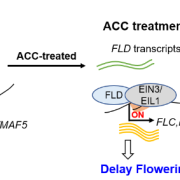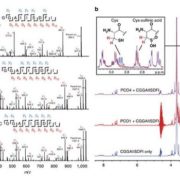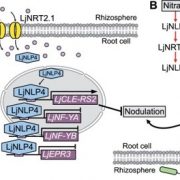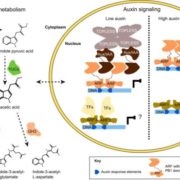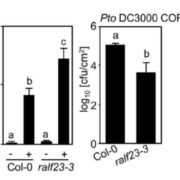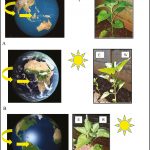Early origin of miRNA-SPL module in reproductive development revealed by liverwort (Curr. Biol)
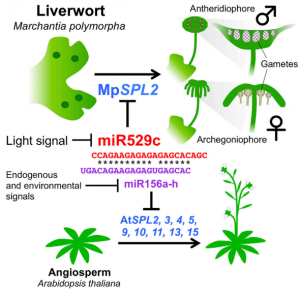 In Arabidopsis and other angiosperms, transition to flowering is controlled by a regulatory module that includes transcription factors from the SPL family and a miRNA miR156 targeting them. Marchantia and bryophytes do not make flowers, but there is an equivalent module that includes miR529c and a single target, Mp SPL2. Tsusuki et al. show here that a loss-of-function miR529c or a miRNA resistant version of Mp SPL2 produces functionally ectopic sexually reproductive organs, even in the absence of far-red light, the environmental signal required for the transition in the wild-type. Interestingly, Mp SPL2 knock-out plants can produce gametangiophores under proper environmental conditions. Analysis of gene expression suggest the module is important for the reproductive transition under far-red light conditions, but it is not essential for gametangia development. There are still open questions about how this signaling network interact with other regulators as BONOBO and phytochromes. This work supports the idea that floral transition in angiosperm and vegetative-to-reproductive transition in liverworts are homologous developmental processes with common regulators conserved across land plants. (Summary by Facundo Romani) Curr. Biol. 10.1016/j.cub.2019.07.084
In Arabidopsis and other angiosperms, transition to flowering is controlled by a regulatory module that includes transcription factors from the SPL family and a miRNA miR156 targeting them. Marchantia and bryophytes do not make flowers, but there is an equivalent module that includes miR529c and a single target, Mp SPL2. Tsusuki et al. show here that a loss-of-function miR529c or a miRNA resistant version of Mp SPL2 produces functionally ectopic sexually reproductive organs, even in the absence of far-red light, the environmental signal required for the transition in the wild-type. Interestingly, Mp SPL2 knock-out plants can produce gametangiophores under proper environmental conditions. Analysis of gene expression suggest the module is important for the reproductive transition under far-red light conditions, but it is not essential for gametangia development. There are still open questions about how this signaling network interact with other regulators as BONOBO and phytochromes. This work supports the idea that floral transition in angiosperm and vegetative-to-reproductive transition in liverworts are homologous developmental processes with common regulators conserved across land plants. (Summary by Facundo Romani) Curr. Biol. 10.1016/j.cub.2019.07.084


